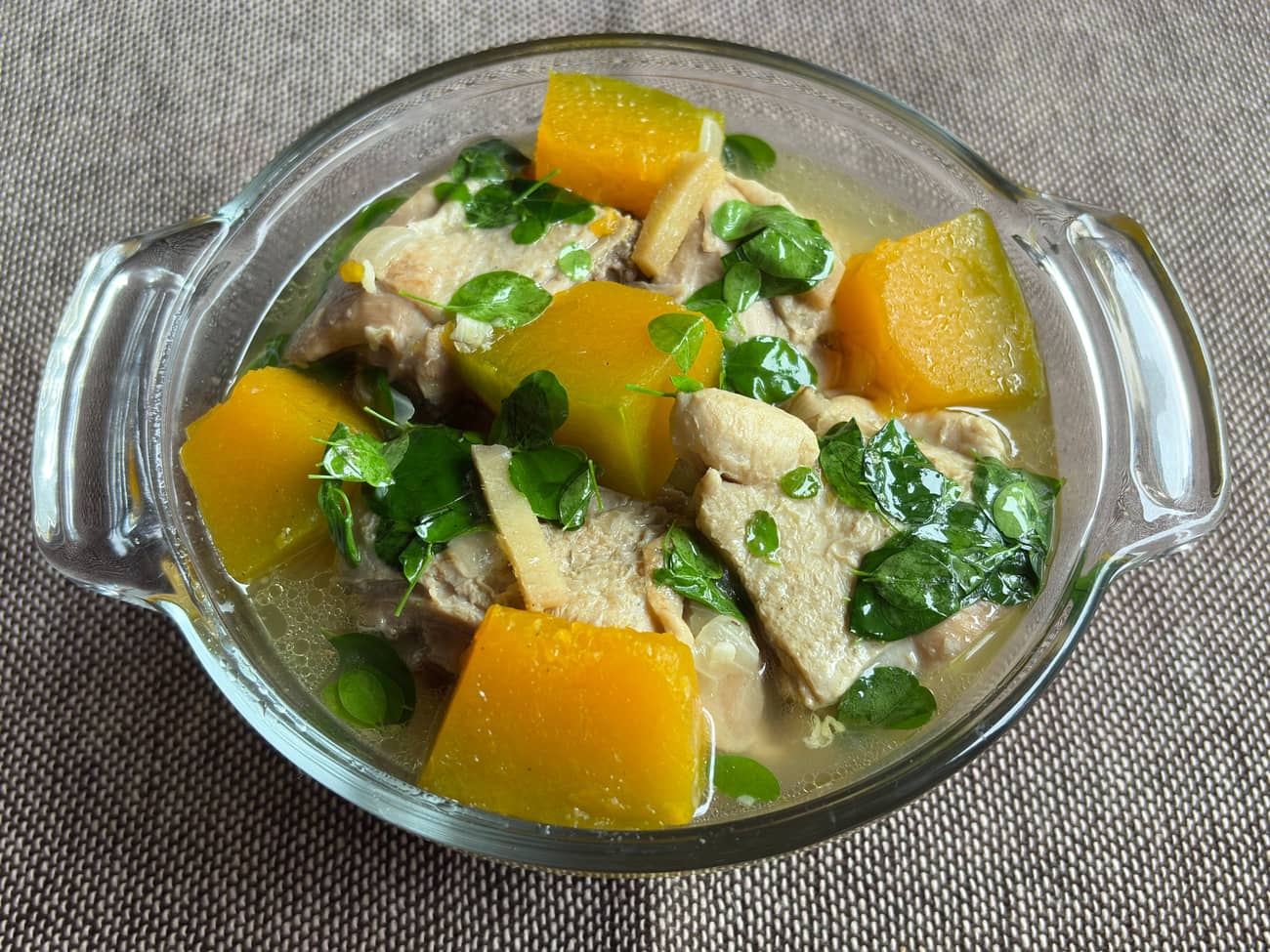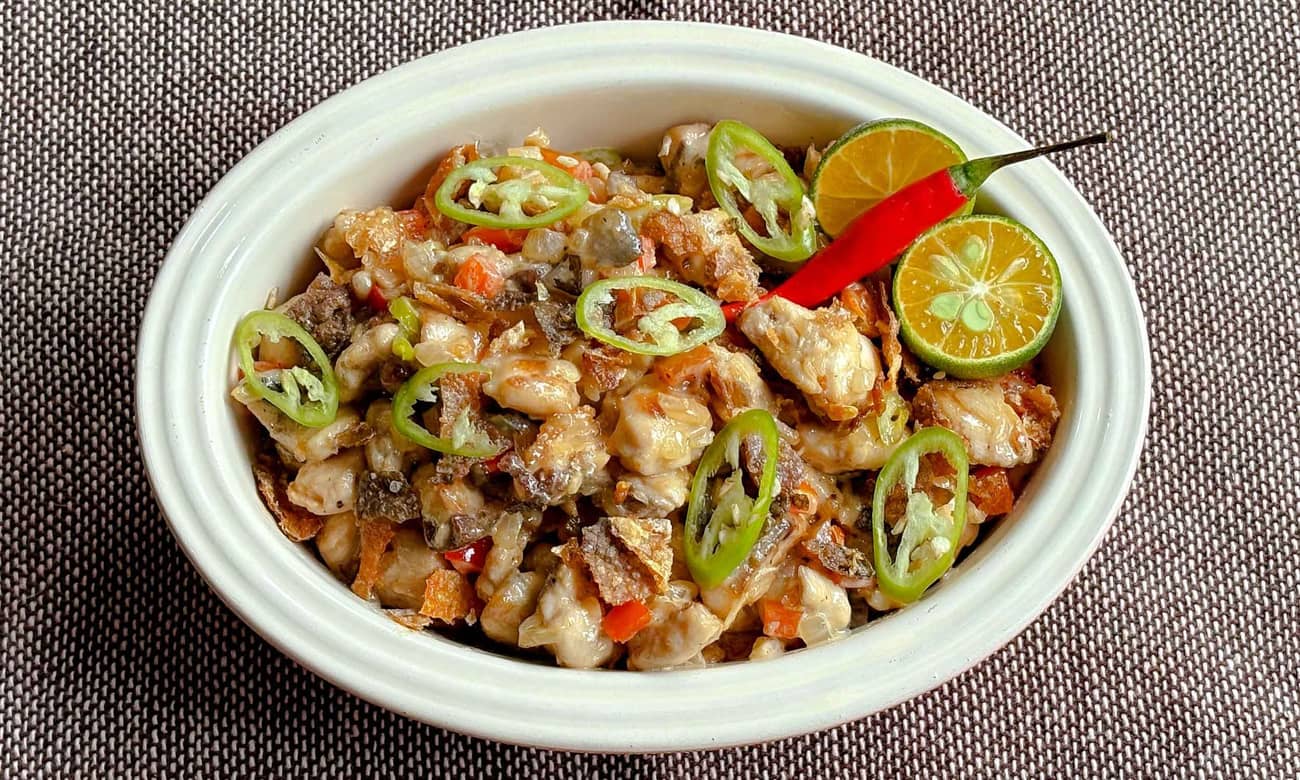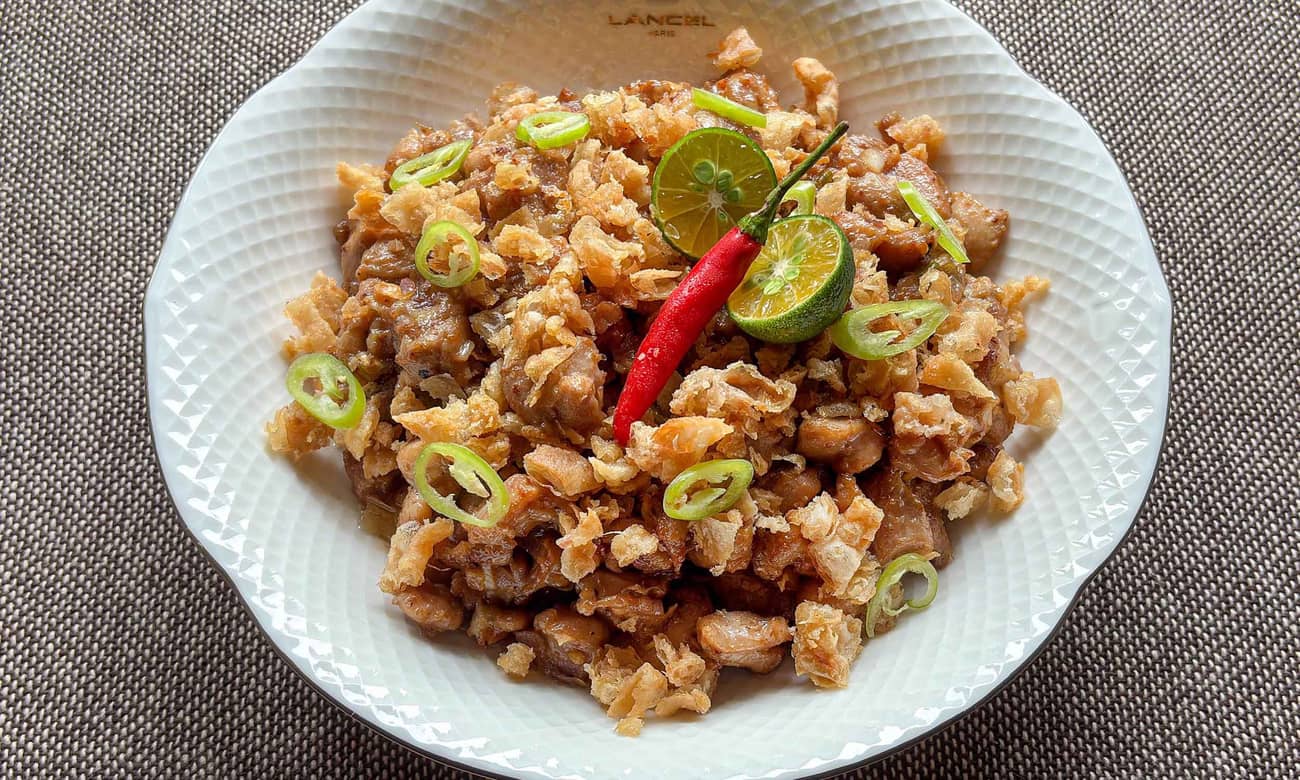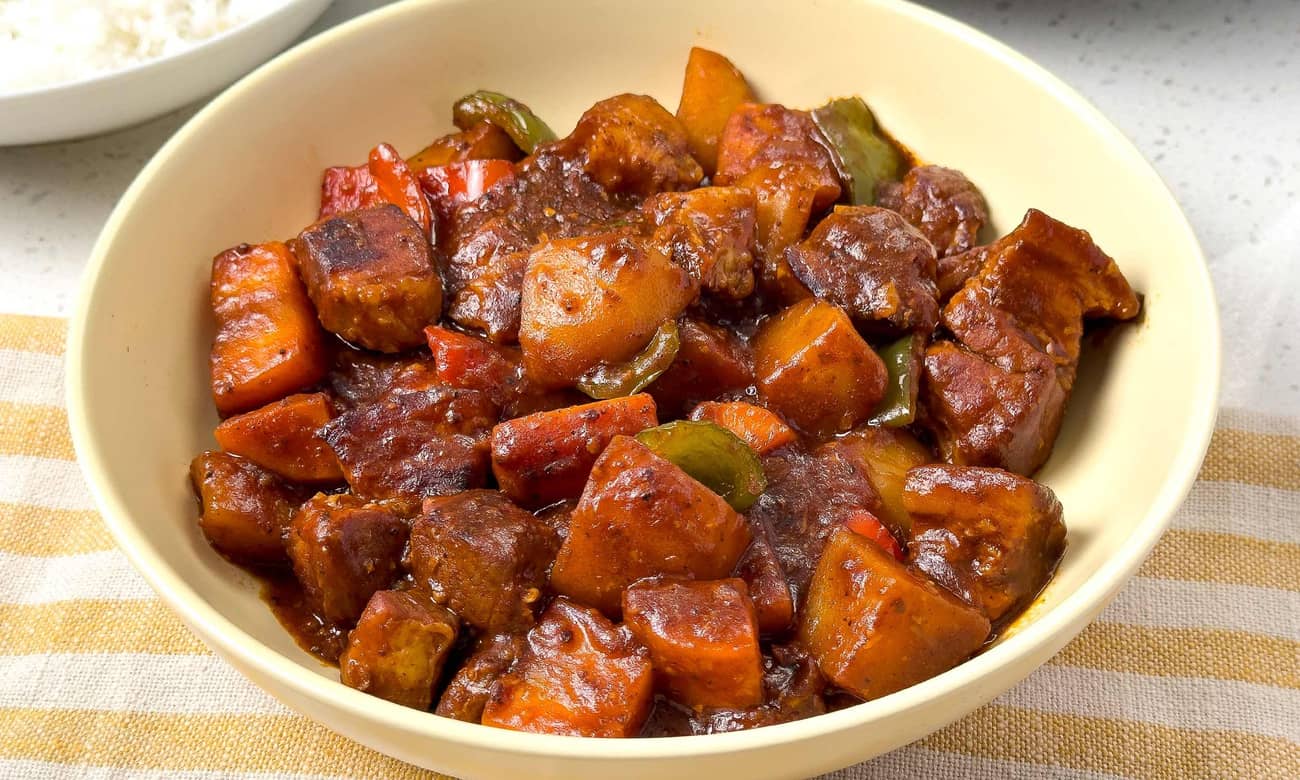
Nothing brings people together like a giant platter of pancit bihon. The quintessential stir-fried noodle dish is most commonly served at birthdays and big gatherings, along with other classic Pinoy party staples like puto, kakanin, and ice-cold Coke.
It’s almost criminal to not have pancit at a party. The dish is synonymous with celebration and well wishes—the long noodles symbolize long life, and the hearty assortment of sahog symbolizes prosperity. Serve it at your next get-together to let your guests know it’s time to party!
One of the joys of a good pancit bihon is the endless array of ingredients in it: tons of tasty meat, shrimp, and crunchy vegetables. With the different flavors and textures in each bite, you’ll never grow tired of eating it. It’s important to cut your proteins and vegetables in uniform sizes. This way everything cooks evenly, and your guests can take manageable bites!
You’ll need to do a lot of prep. By the time you’re finished slicing, chopping, and dicing, you’ll have a mountain of shrimp shells and vegetable scraps. Don’t throw it out! Throw your scraps into a pot and make a rich stock.
Bihon is usually soaked in warm water to soften before stir-frying, but we like cooking it straight in the stock. This prevents overcooking and gives you a more robust flavor compared to your typical pancit bihon.
Keep this classic pancit bihon recipe in your back pocket for birthdays, fiestas, and special occasions.
Prep ingredients: Prepare a large bowl for scraps. These will be used for making the stock. Peel and devein shrimp. Set shrimp meat aside and transfer shrimp shells and heads to the scrap bowl. Thinly slice carrots, celery, and cabbage. Remove stems from snap peas and cut green beans into two-inch long pieces. Mince garlic and white onions. Set aside. Add peels and trimmings from the vegetables to the scrap bowl.
Make stock: Pour 6 cups of water into a large pot on high heat. Add pork cube, shrimp shells, and vegetable scraps. Once the stock comes to a boil, turn down the heat and let simmer for 20 minutes. Strain out the scraps and set aside.
Cook proteins: Heat a bit of neutral oil in a wok or large skillet over medium high heat. Sauté peeled shrimp for 2-3 minutes or until white andopaque. Season with salt. Remove from the pan and set aside. Repeat step with remaining proteins (squid ball, pork belly, chicken thighs), adding more oil if necessary.
Sauté vegetables: In the same wok, sauté garlic and onion on medium heat until fragrant. Add carrot and celery. Sauté for 2-3 minutes until softened. Add snap peas, string beans, and cabbage. Cook until slightly tender but still crunchy. Season with salt and pepper. Remove from wok and set aside.
Cook noodles: Pour infused stock into the same wok. Add bihon noodles and bring to a boil. Turn down the heat to a simmer. Gently toss the noodles into the stock as they soften. Make sure not to break the noodles! Cook until 80% of the liquid has absorbed into the noodles and evaporated.
Season: Mix soy sauce and oyster sauce in a bowl. Add proteins (shrimp, squid balls, pork belly, and chicken thighs) and vegetables into the wok with the noodles and sauté until well-combined. Add soy sauce mixture, season with patis, and gently toss until well-incorporated. Serve immediately with a side of calamansi.



